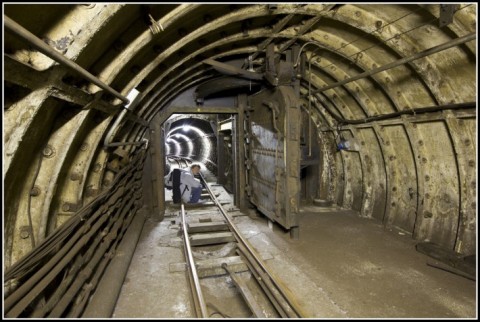Jerome Taylor looks at the vast changes being wrought in Mecca and Medina:
Over the past 10 years the holiest site in Islam has undergone a huge transformation, one that has divided opinion among Muslims all over the world.
Once a dusty desert town struggling to cope with the ever-increasing number of pilgrims arriving for the annual Hajj, the city now soars above its surroundings with a glittering array of skyscrapers, shopping malls and luxury hotels.
To the al-Saud monarchy, Mecca is their vision of the future — a steel and concrete metropolis built on the proceeds of enormous oil wealth that showcases their national pride.
Yet growing numbers of citizens, particularly those living in the two holy cities of Mecca and Medina, have looked on aghast as the nation’s archaeological heritage is trampled under a construction mania backed by hardline clerics who preach against the preservation of their own heritage. Mecca, once a place where the Prophet Mohamed insisted all Muslims would be equal, has become a playground for the rich, critics say, where naked capitalism has usurped spirituality as the city’s raison d’être.
Few are willing to discuss their fears openly because of the risks associated with criticising official policy in the authoritarian kingdom. And, with the exceptions of Turkey and Iran, fellow Muslim nations have largely held their tongues for fear of of a diplomatic fallout and restrictions on their citizens’ pilgrimage visas. Western archaeologists are silent out of fear that the few sites they are allowed access to will be closed to them.
But a number of prominent Saudi archaeologists and historians are speaking up in the belief that the opportunity to save Saudi Arabia’s remaining historical sites is closing fast.




